Regulatory Compliance
Regulatory compliance is becoming increasingly important in the Printing Inks Market. Governments are implementing stricter regulations regarding the use of hazardous materials in inks, prompting manufacturers to reformulate their products. Compliance with these regulations not only ensures safety but also opens up new market opportunities for compliant products. The demand for low-VOC and non-toxic inks is on the rise, as consumers and businesses alike prioritize health and safety. This trend may lead to a shift in market dynamics, with companies that proactively adapt to regulatory changes likely to gain a competitive advantage in the Printing Inks Market.
Digital Printing Growth
The rise of digital printing technology is reshaping the Printing Inks Market. Digital printing offers advantages such as shorter production runs and faster turnaround times, appealing to businesses seeking efficiency. The market for digital inks is expected to expand, with projections indicating a growth rate of approximately 7% annually. This growth is fueled by advancements in ink formulations and printing technologies, enabling high-quality outputs. As more companies transition to digital printing, the demand for specialized inks tailored for these applications is likely to increase, further driving innovation within the Printing Inks Market.
Sustainability Initiatives
The Printing Inks Market is increasingly influenced by sustainability initiatives. Manufacturers are focusing on eco-friendly inks that reduce environmental impact. This shift is driven by consumer demand for sustainable products and regulatory pressures. Water-based inks and bio-based materials are gaining traction, as they align with environmental goals. The market for sustainable inks is projected to grow significantly, with estimates suggesting a compound annual growth rate of over 5% in the coming years. Companies that adopt sustainable practices may enhance their brand image and attract environmentally conscious consumers, thereby gaining a competitive edge in the Printing Inks Market.
Technological Advancements
Technological advancements play a crucial role in shaping the Printing Inks Market. Innovations in ink formulations, such as the development of UV-curable and solvent-based inks, are enhancing print quality and durability. These advancements are particularly relevant in sectors like commercial printing and packaging, where high-quality outputs are essential. The market is witnessing a trend towards automation and smart printing technologies, which could streamline production processes and reduce costs. As technology continues to evolve, the Printing Inks Market may experience increased efficiency and improved product offerings, catering to the changing needs of consumers.
Diverse Application Expansion
The Printing Inks Market is experiencing diverse application expansion across various sectors. Industries such as packaging, textiles, and labels are increasingly utilizing advanced printing technologies, which in turn drives the demand for specialized inks. For instance, the packaging sector is projected to account for a significant share of the market, with estimates suggesting it could reach over 40% by 2026. This diversification not only enhances market opportunities but also encourages innovation in ink formulations to meet specific industry requirements. As applications broaden, the Printing Inks Market is likely to witness a surge in demand for customized solutions.
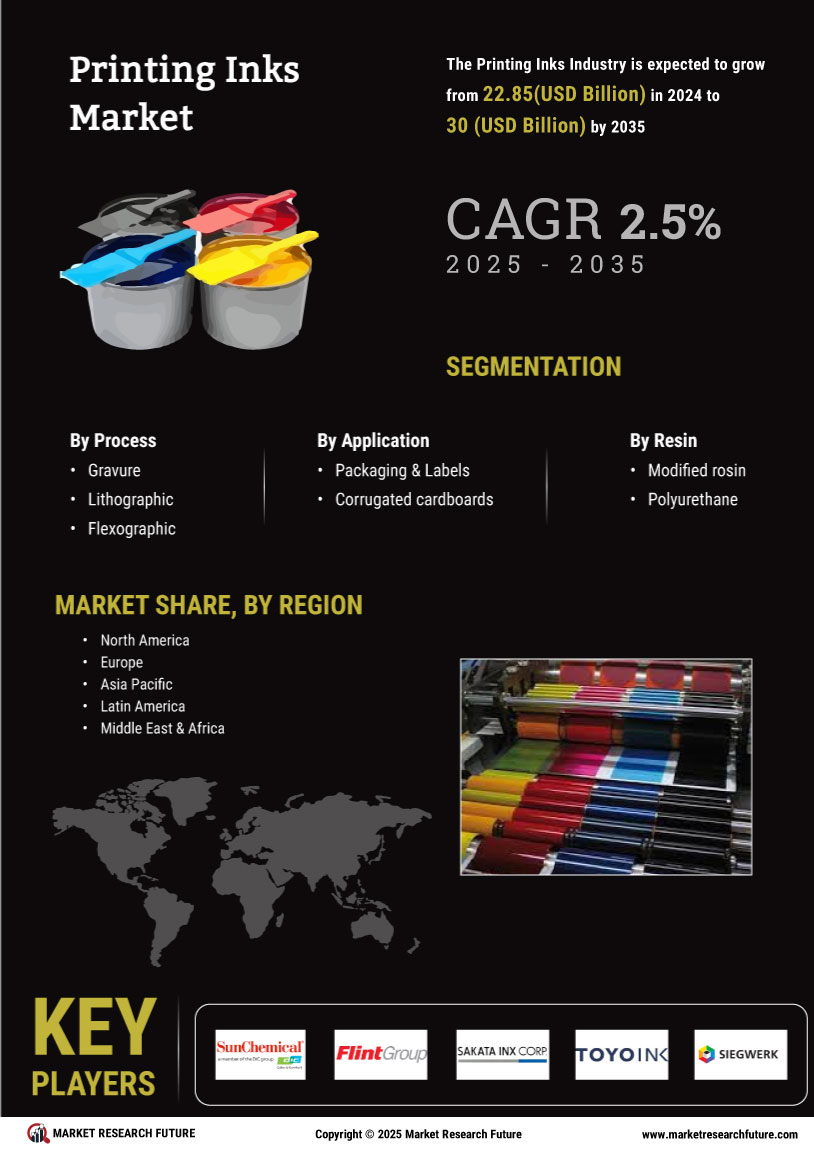

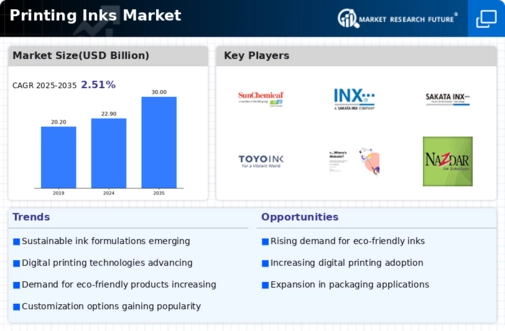
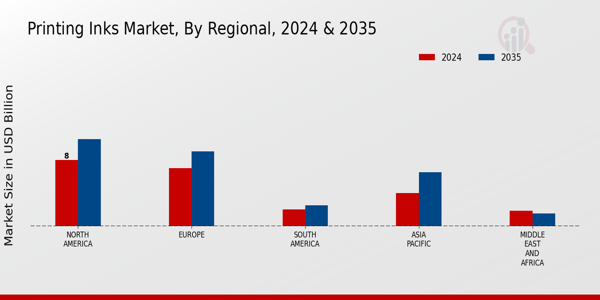

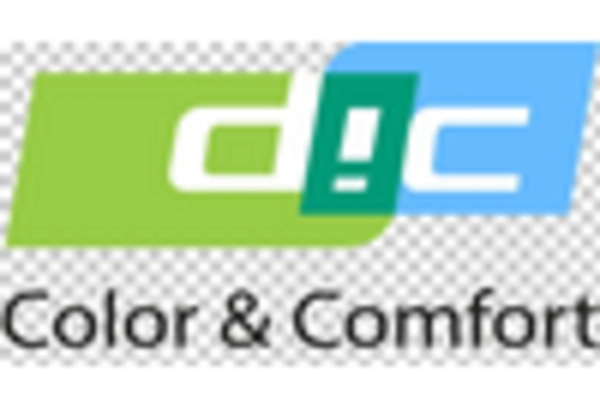


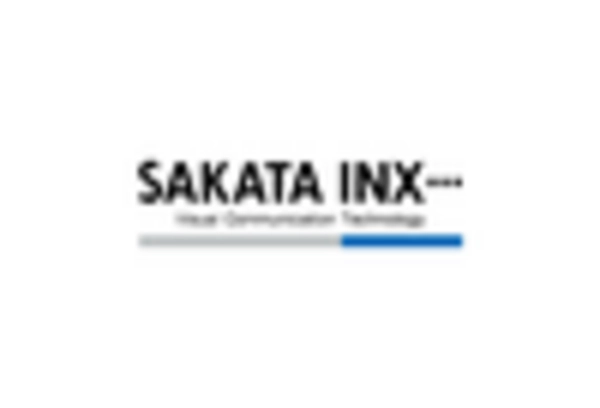
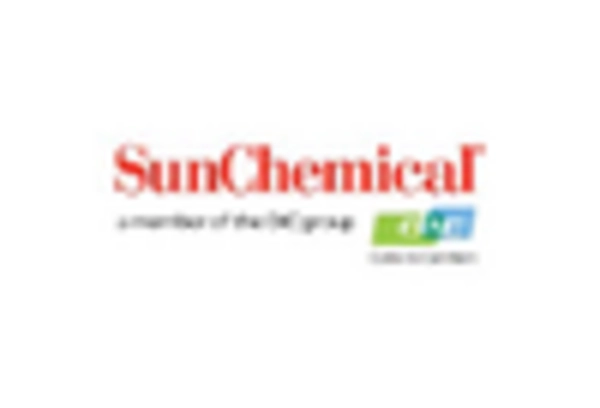
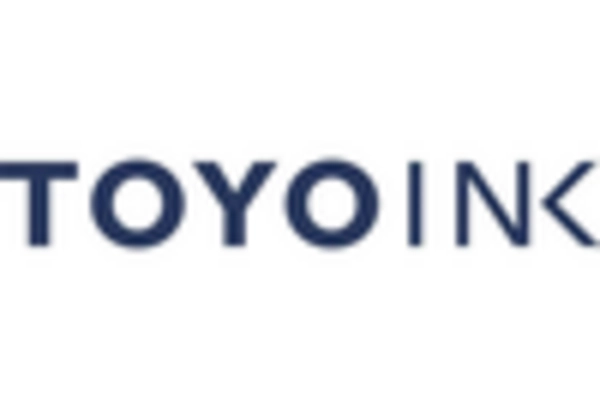








Leave a Comment